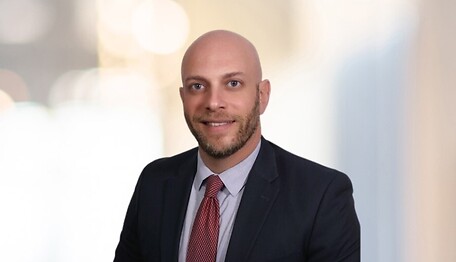New York Court Holds Insurer Can Recover Before Insured Is Made Whole
In State Farm Fire & Cas. Co. v. Tamagawa, Index No. 510977/2021, 2023 N.Y. Misc. Lexis 5434, the Supreme Court of New York considered whether an insurance carrier can settle its property subrogation lawsuit with the defendant, and discontinue the lawsuit, while the carrier’s insured still had pending claims with the carrier and claims for uninsured losses against the defendant. The court held that the carrier’s claims for the amount paid are divisible and independent of the insured’s claims and that the carrier’s settlement did not affect the insured’s right to sue for any unreimbursed losses. The court’s decision reminds us that, in New York, a carrier can resolve its subrogation claim before the insured is made whole.
In June 2018, a water loss occurred in an apartment owned by Malik Graves-Pryor (Graves-Pryor). Graves-Pryor reported a claim to his property insurance carrier, State Farm Fire & Casualty Company (Carrier). Investigation into the water loss revealed that the water originated from failed plumbing pipes in another apartment unit owned by Taku Tamagawa (Tamagawa). Carrier paid its insured over $600,000 for repairs. In May 2021, Carrier filed a subrogation lawsuit against Tamagawa, alleging improper maintenance of the plumbing pipes.
In August 2022, Graves-Pryor filed a motion to intervene in the case, asserting claims against Tamagawa and bad faith claims against Carrier. In January 2023, the parties to the underlying action between Carrier and Tamagawa discontinued the action by stipulation. Graves-Pryor filed a proposed order to show cause and sought a temporary restraining order to prohibit the parties from entering any settlement of the underlying claims. Graves-Pryor asserted that Carrier attempted to discontinue the action before allowing the motion to intervene to be heard. Graves-Pryor also argued that Carrier had no right of subrogation until he was made whole for all damages to his property.
The court held that while the stipulation of discontinuance was prejudicial, it did not prevent Graves-Pryor from pursuing claims against Carrier or Tamagawa. The court relied on Winklelmann v. Excehior Inc. Co., 85 N.Y.2d 577 (1995), holding that Carrier’s subrogation claims were divisible and independent of the insured’s claims. While the court acknowledged that the Winkelmann case only pertained to claims against a third-party tortfeasor, the court held that the same principle applied to claims for unreimbursed losses pursuant to the insurance policy. The court found that Graves-Pryor was able to pursue its claims against Carrier irrespective of the discontinuance of the underlying case, as Graves-Pryor could bring a separate breach of contract action against Carrier. However, the court dismissed the negligence claims against Tamagawa, finding that the statute of limitations had expired.
The Tamagawa case, though unreported, reminds us that, in New York, the insurer can resolve its subrogation claim before the insured is made whole. The court went further than the Winklemann decision by holding that the carrier can recover even if the first-party insurance claim is under dispute. Subrogation professionals practicing in New York should consider this decision when faced with an opportunity to settle the subrogation claim before the insured’s claims are resolved.

